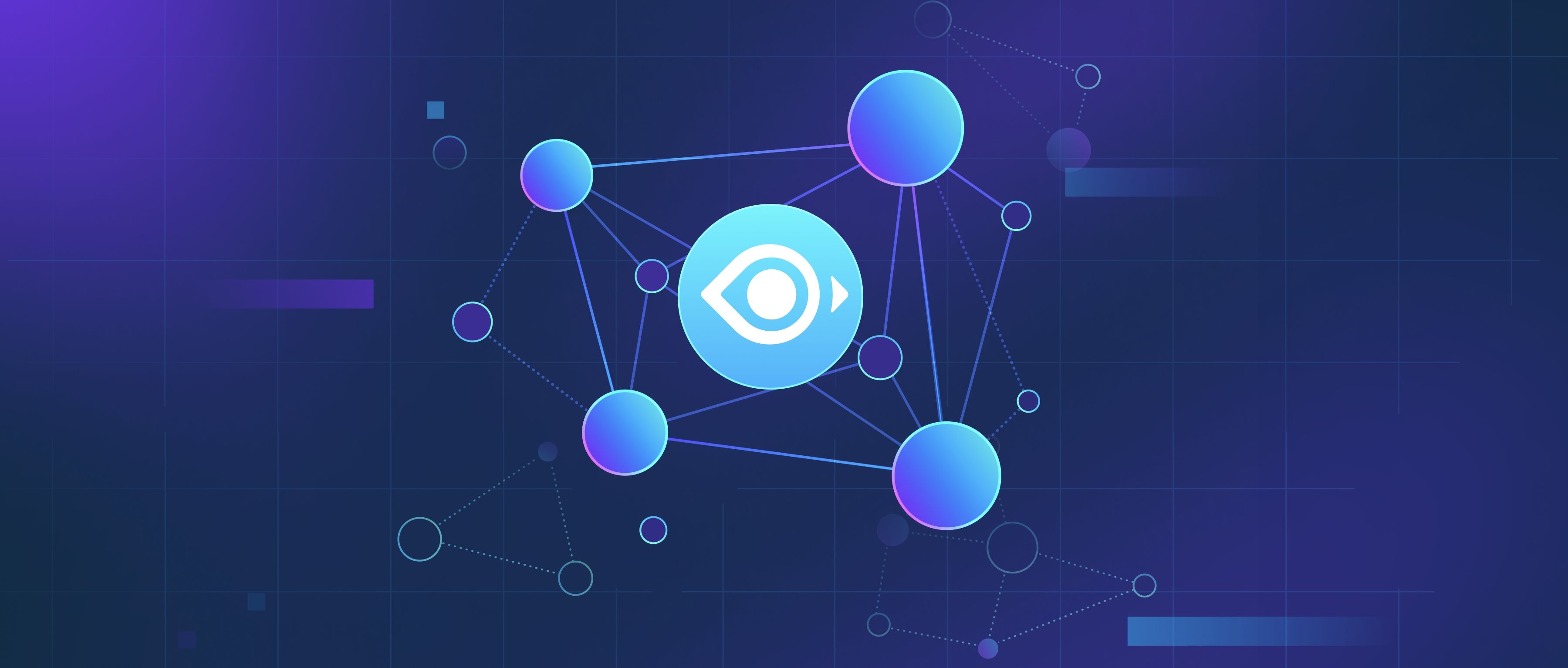Procedural content generation (PCG) plays a significant role in creating dynamic and immersive virtual reality (VR) experiences. Essentially, PCG involves using algorithms to automatically generate content rather than creating it manually. This capability is particularly beneficial in VR, where environments need to be rich and diverse to keep users engaged. By generating terrain, buildings, and other game elements on the fly, developers can create vast, varied worlds without the intensive labor that hand-crafted content demands.
One clear benefit of PCG in VR is the ability to create expansive environments that feel unique to each player. For instance, in a game like "No Man's Sky," the universe is generated using procedural algorithms, enabling players to explore billions of planets, each with its own flora, fauna, and landscapes. This not only enhances replay value but also allows for personalized experiences, as players encounter different settings and challenges based on their choices and exploration patterns. In this way, PCG supports the immersive quality of VR, making it possible for players to feel a sense of discovery every time they log in.
Moreover, PCG can help manage performance and optimize resource usage in VR applications. Creating large assets by hand can lead to heavy file sizes and performance issues, especially in VR where smooth operation is crucial for user comfort. By generating content on-demand, developers can ensure that only the necessary elements are processed and loaded into memory. For example, when a player moves through a VR space, only the immediate area needs to be rendered. Procedural techniques can fill in distant landscapes or objects dynamically, which helps maintain high frame rates and a fluid experience. In summary, PCG not only enriches the experience but also helps address technical challenges associated with VR development.
